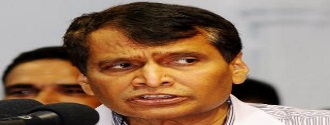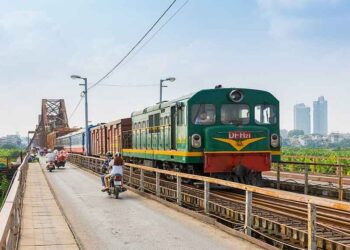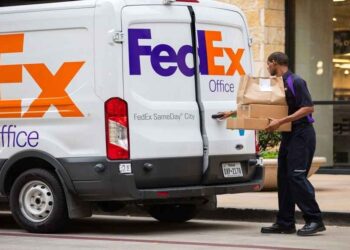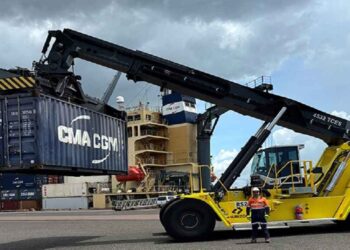The Cabinet cleared the construction of six railway lines and a bridge to meet passenger and freight needs in various areas of the country. The proposals will cost over Rs 10,700 crore and most part of the expenditure will be met through extra budgetary resources.
The national transporter is also firming up plans to add four more dedicated freight corridors to increase its share in the freight pie and divert loadings from roads to rail.
Currently, railways has undertaken Rs 81,459 crore projects to develop 3,342 km track comprising Eastern and Western DFC and and as per the plan, four more corridors will be constructed to ensure faster movement of goods.
Among the proposals cleared on Wednesday include doubling of a 190-km-long Hubli-Chickajur broad gauge single railway line. The total estimated expenditure will be Rs 1294.13 crore. The project is part of an important rail link of passenger trains between Mumbai and Bangalore and goods trains to the ports at Mangalore.
The Railways is also firming up plans to to slash operational cost and working expenses considerably to meet its financial requirement.
Expecting very little help from the exchequer to meet the additional expenditure due to implementation of Seventh Pay Commission recommendations, railways is in the process of undertaking a series of measures to raise the resources on its own as told by the Finance Ministry.
Railway Minister Suresh Prabhu, gearing up to present his second Rail Budget on February 25, will unveil a plan to cut expenses and at the same time increase non-tariff revenue substantially to wade through the to wade through the difficult phase in the public behemoth. The aim is to reduce working expense by about 15 per cent. “The total working expenses was Rs 1.62 lakh crore last year,” sources added.
Rationalisation of staff strength and optimisation of workforce beside trimming of allowances are some of the steps to be undertaken to reduce working expenses.
The budget will also have multiple initiatives for improving passengers facilities, a key area in rail function, to make it more people-friendly, according to sources.

































